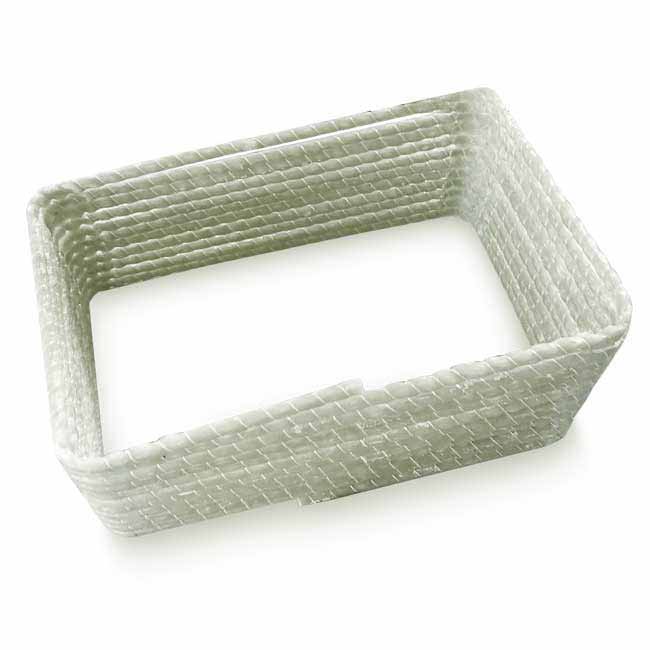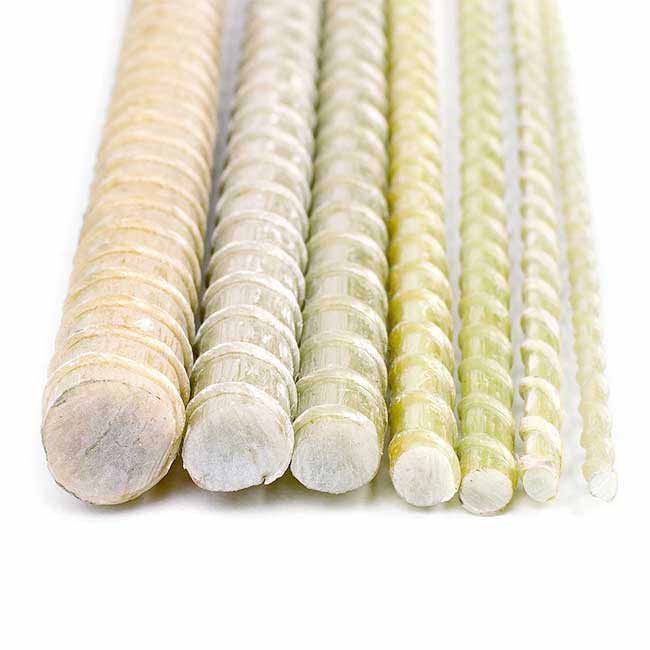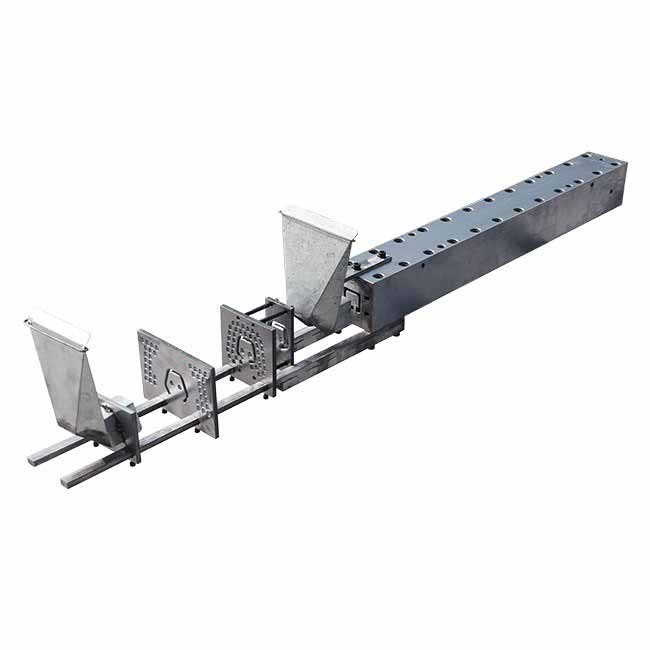Pultrusion is one of the most efficient methods of producing polymer composite structures with a constant cross-section. Pultrusion has some advantages over other composite manufacturing processes, such as high production rate, higher efficiency, low costs and the ability to produce profiles of virtually indefinite length. However, pultrusion also has some limitations, such as the difficulty of producing complex shapes, the need for high pulling force and the risk of fiber damage.

Pultrusion can be used for both thermoplastic and thermoset matrix-based composites, but thermoplastic composites have some benefits over thermoset ones, such as higher toughness, recyclability and weldability. However, thermoplastic pultrusion is more challenging than thermoset pultrusion due to the higher viscosity and lower reactivity of thermoplastic resins. Therefore, thermoplastic pultrusion requires special techniques and equipment to achieve high quality products.







